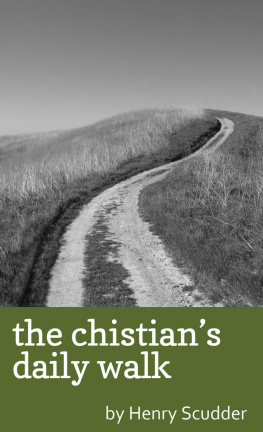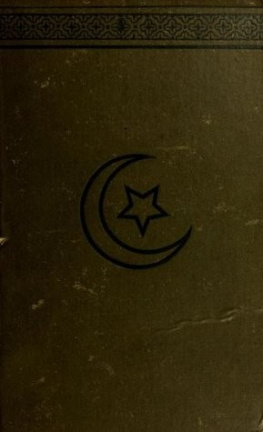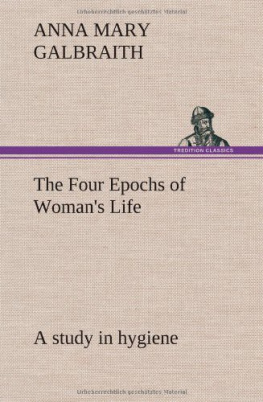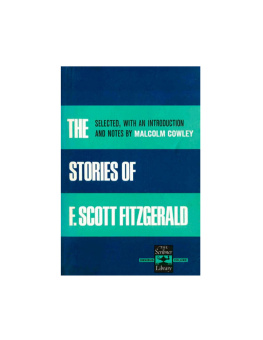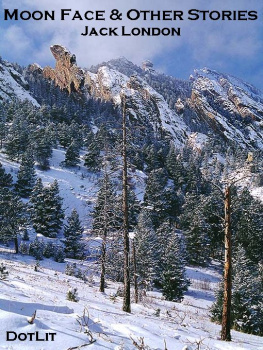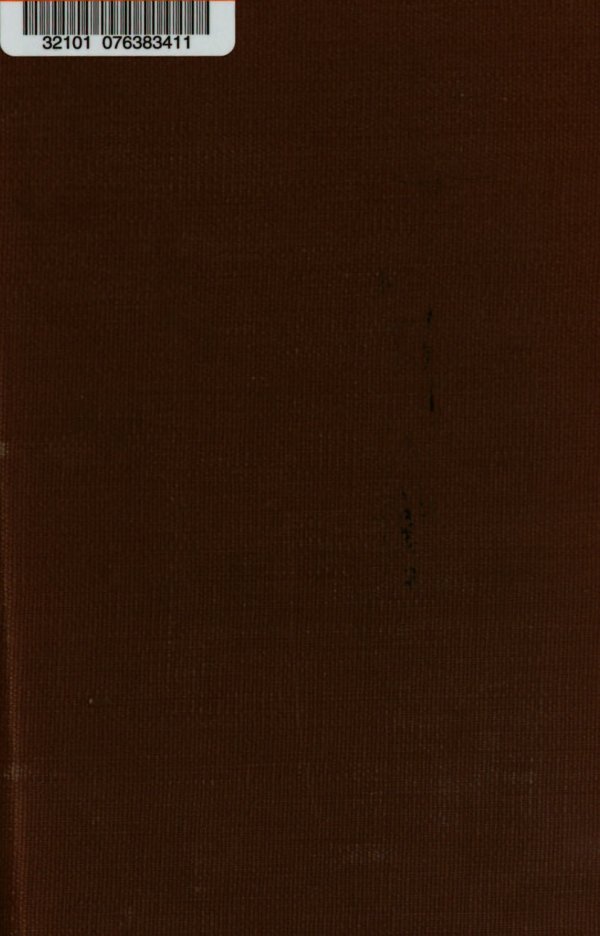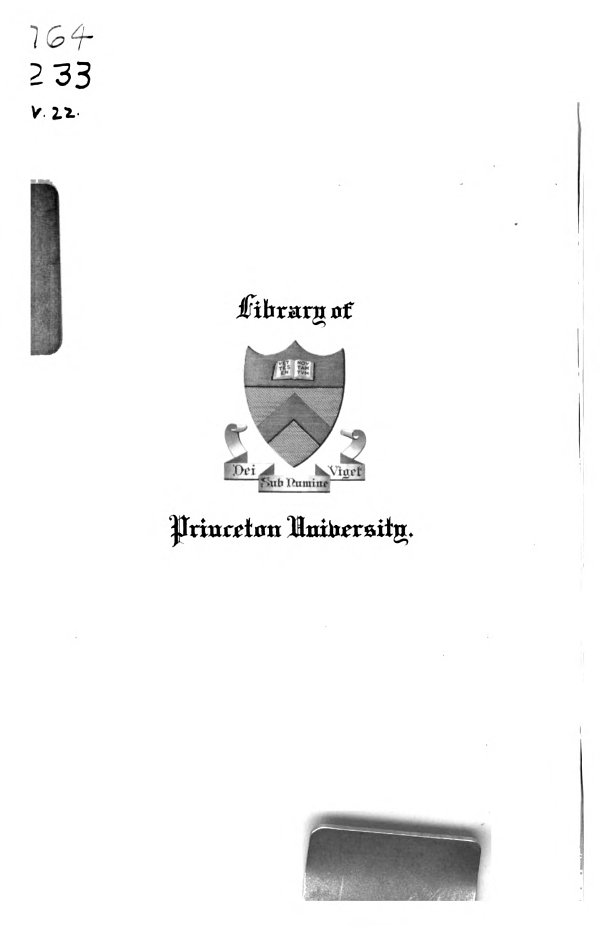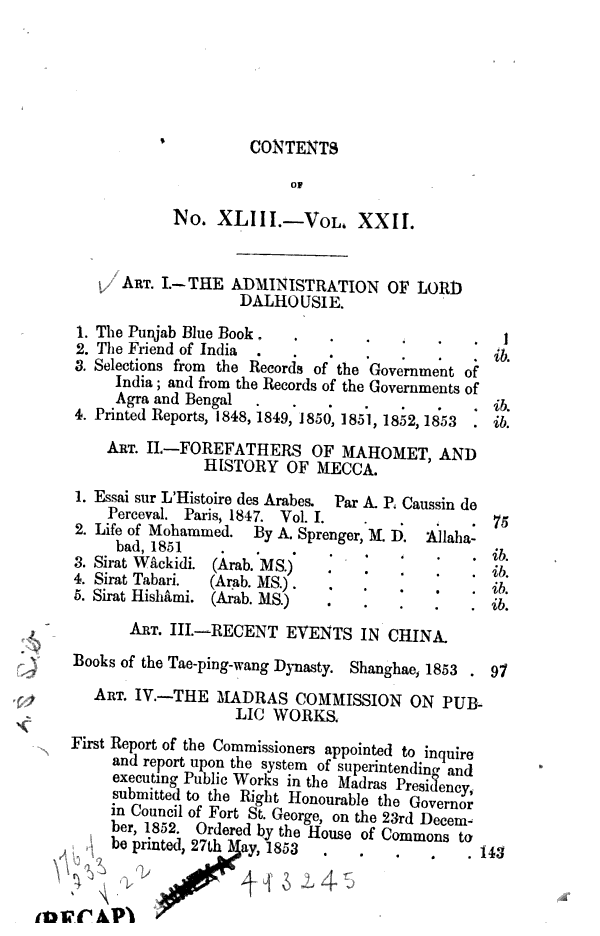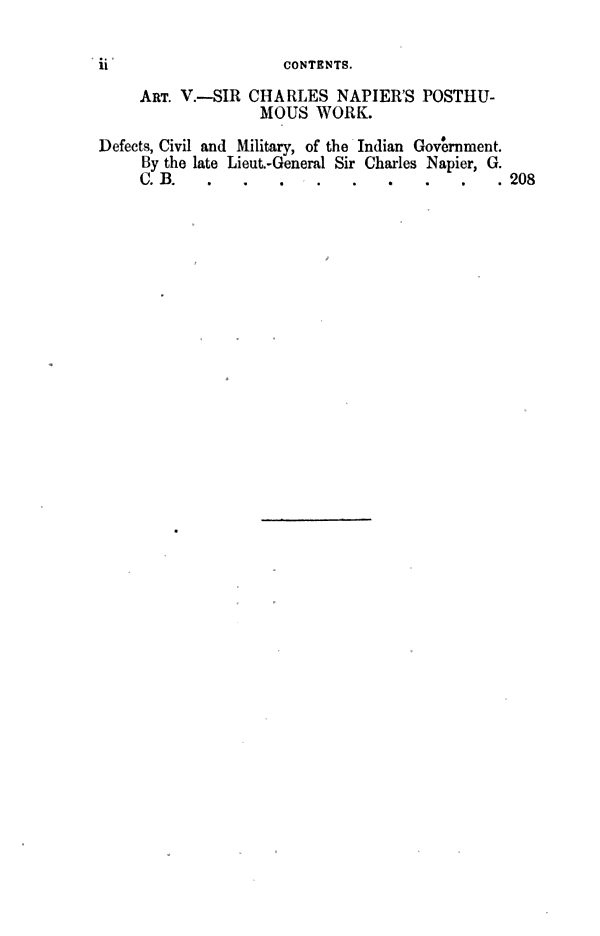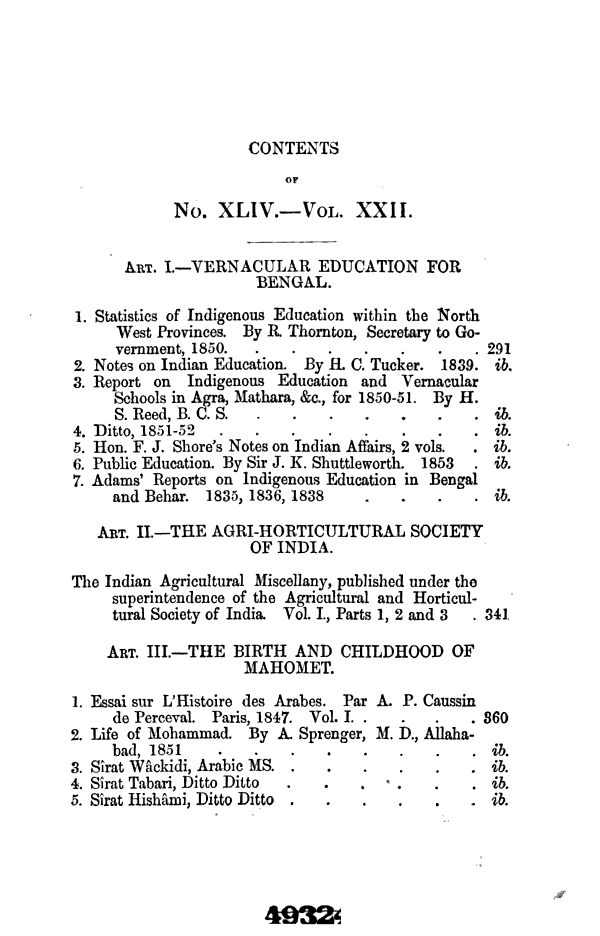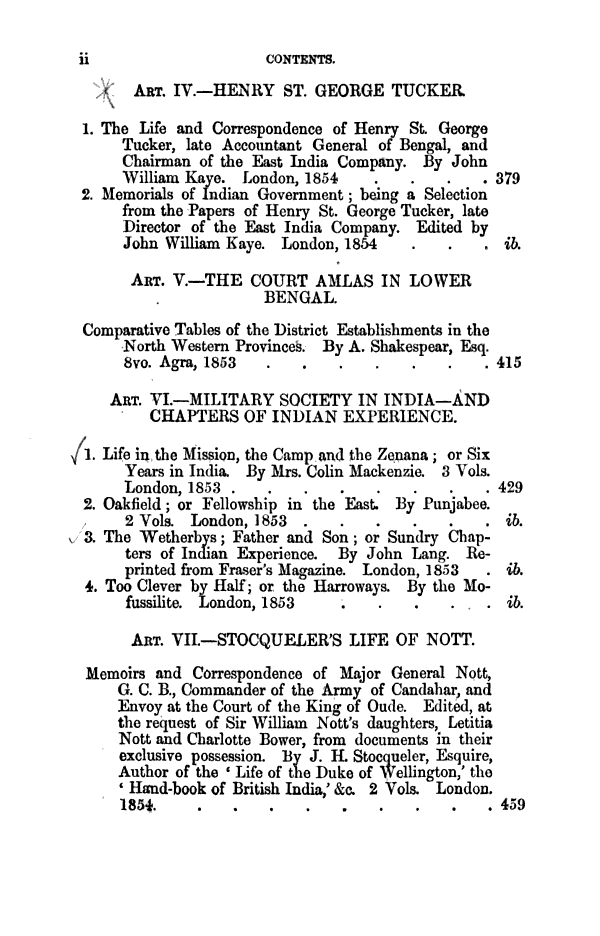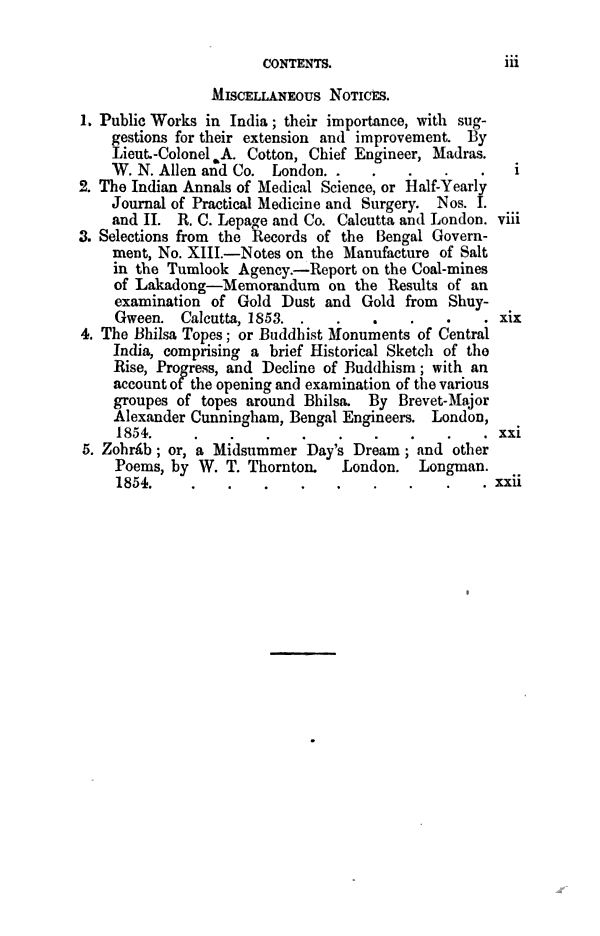The Calcutta Review
Of Calcutta University of Calcutta
Google Book Search
This is a digital copy of a book that was preserved for generations on library shelves before it was carefully scanned by Google as part of a project to make the world's books discoverable online. See the back of the book for detailed information.
THE
CALCUTTA REVIEW.
VOL. XXII.
JANUAKYJUNE 1854.
11No man, who hath tasted learning, but will confess the many trays of profiting by thote, who, not contented with stale receipts, are able to manage and set forth new positions to the world: and, were they but as the dust and cinders of our feet, so long, as in that notion, they may yet serve to polish and brighten the armoury oj truth, even for that respect, they were not utterly to be cast away." Milton.
CALCUTTA:
PRINTED FOB THE PROPRIETOR, BY SANDERS, CONE3 AND CO., No. 68, COSSITOLLAH, AND SOLD BY ALL THE BOOK-SELLERS.
1854.
THE
CALCUTTA REVIEW.
Art. I.1. The Punjab Blue Book
2. The Friend of India.
3. Selections from the Records of the Government of India and from the Records of the Governments of Agra and Bengal.
4. Printed Reports, 1848, 1S49, 1850, 1851, 1852, 1853.
It is a difficult and sometimes a dangerous experiment to attempt as a cotemporary to write history. We live too near the events to judge of their just proportions. There is a temptation to magnify some things which posterity will hold cheap, and to slur over others on which future generations might have been glad to know our impressions. There is the danger of partisanship and the danger of antipathy, and above all, on the shifting scene of India, there is the obvious fear that we may indulge in paeans which a few years will convert to wailing, give way to regrets for which there is no good foundation, or predict triumphs, social, political, and financial, which the change of a Cahinet, the caprice of a future Governor, or the mere instability of human events, shall prevent from being realized. Why then do we try to describe the Administration of Lord Dalhousie? We do so, because it has been fruitful of great chaoges, striking events, important reforms, and conshlenible improvements, because it is now time to review some of the remarkable points in the history of the last six years, and because it is often a good thing that the impressions of cotemporaries should be recorded in all their freshness, and even in all their exaggeration, in order that future writers, who take a calm and unprejudiced view of men and measures, may see where the sight of their predecessors has been defective or dull. The greatest critic of the present age, when republishing his criticisms on the works of its great novelist, tells us that posterity may be perhaps glad to know how the luminary appeared to ordinary mortals at its first rising, or before it had reached the meridian. In humble imitation of the above sentiment, we venture to hope that the future historian of India may cast a glance on this paper as detailing facts drawn from authentic sources, and representing opinions,
which, however open to correction, are formed on the spot. Would not a paper on the Administration of Warren Hastings, or Lord Wellesley, written by a cotemporary, be eagerly perused, though it contained much that was erroneous, many shortsighted opinions, and much that could interest only the men of those days?
The present Governor-General of India, then Earl of Dalhousie, landed in Calcutta on the 12th of January, 1848. He came to fill a place, where, since the last Charter, beyond which we shall not look back, had sat no less than five GovernorsGeneral, none of whom had been unworthily chosen, while all had taken part in great and striking events. We sball not preface this-paper with a review of their several Administrations: we pass over the unflinching firmness, the unwearied eagerness in the pursuit of truth, the reforming, enquiring, analysing spirit of Lord William Bentinck: we pass over also the indomitable will, the profound statesmanship of that Governor, who was bred entirely in the school of tho Company, but was selected to govern the two greatest dependencies or the Crown; and we leave the amiable Lord Auckland, with his private virtues,- and his public errors, his zeal for education, and his political weakness, to the judgment of Mr. Kaye and to the verdict of posterity. To Lord Ellenborough, in spite of eccentricities which put his good qualities " to the foil," no man can deny the praise of much vigour and energy, and of that clear perception of coming events, which is one of the undoubted attributes of a statesman. If the conquest of Scinde has proved a drain on the imperial finances, we had still in that sandy waste a commanding position during both the Sikh campaigns. Lord Hardinge has owned himself obliged to the policy which humbled the Mahratta ruler, reduced the army, and dismantled the guns of the Gwalior Durbar. It is not inconceivable that, without Maharajpore, the roar of Mahratta artillery and the trampling of Mahratta cavalry might have been heard in 1846 or 1848, at the very gates of Akbarabad. No man foresaw with greater certainty than Lord Ellenborough, the inevitable struggle on the banks of one of the five rivers. His piercing, rapid, and comprehensive glance surveyed the dangers that might arise from the presence of one army unreduced in tho very heart of India, and of another bristling on our most important frontier: an army strong in national feeling, abounding in resources, complete in organization, and longing to add to its old triumphs. It is to him that we owed the power of concentrating our forces against the Sikh army, instead of scattering them to observe the motions of a turbulent soldiery, a wavering minister, a corrupt court. When his recal took India by surprise, it was remarked that he was "capax imperii nisi imperdsset," but, while the cotemporary writer would say of him as was said of the Roman Emperor, that ho was above a private gentleman only so long as he filled a private station, the calm and unprejudiced historian, we think, will eventually dwell on his rapid conceptions, his prompt execution, his indomitable energy, the clear, vigorous, ana forcible language of his writings and his oratory, his indifference to patronage, and his fortunate selection of that lamented Lieut-Governor, whose rule transcends the best days of Elphinstone and Munro.
The career of Lord Hardinge, who succeeded to the


